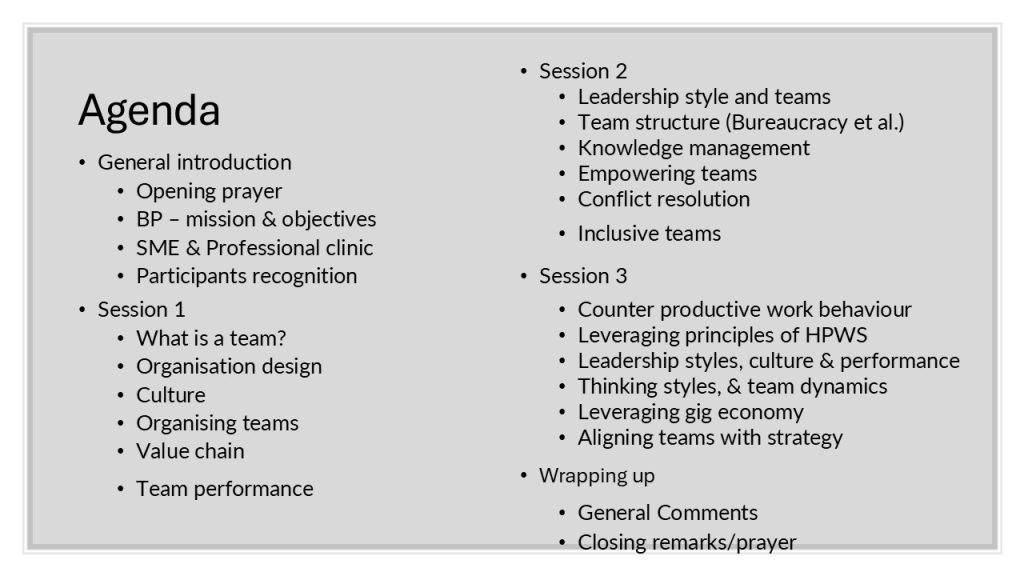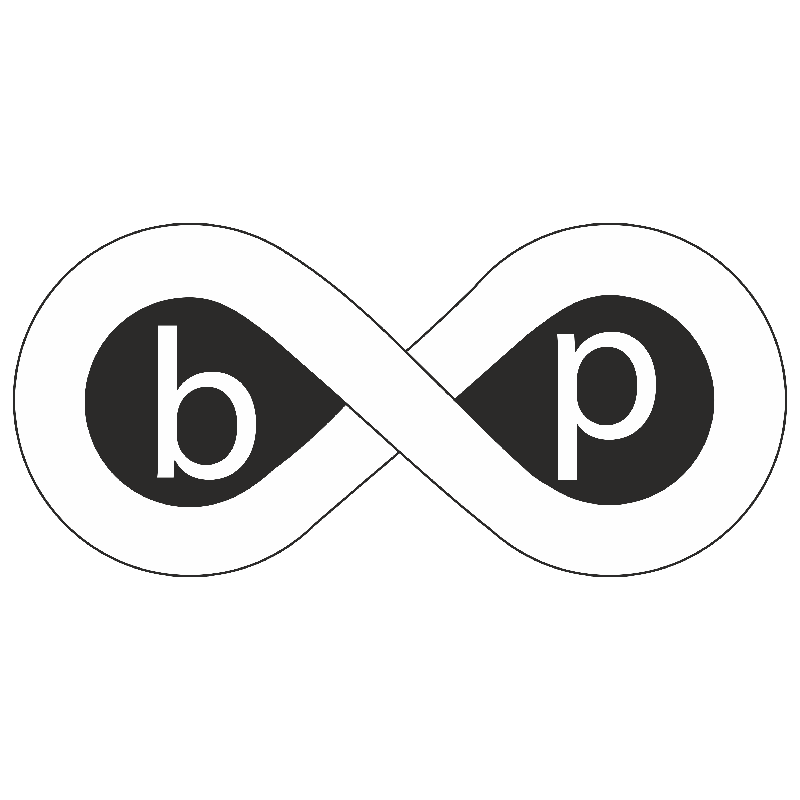
A team is a group of people working together. It is a group that works together toward a common goal. Members of the team bring complementary skills, and they share responsibility for outcomes.
In today’s fast-moving world, teams are essential. They drive collaboration and offer diverse insights — especially when tackling complex or innovative work.
For small businesses, the power of teams is even more significant. With limited resources, having the right team can mean the difference between scaling up and stagnating.
Teams facilitate:
- Access to diverse skills without large hiring budgets
- shared ownership and flexibility
- a culture of learning and resilience
- scalable and lean operations
⏳ Stages of Team Development (Tuckman’s Model)
Teams go through predictable stages of development, starting with ‘Forming’ where roles and expectations are unclear, through to ‘Performing’ where they operate smoothly and with purpose. Understanding where a team is in this cycle helps lead more effectively, build trust, and drive results.
- Forming – Getting to know each other, setting ground rules
- Storming – Conflicts arise, roles are challenged
- Norming – Team cohesion builds, roles become clearer
- Performing – High-functioning, goal-oriented collaboration
- Adjourning – Completion, reflection, and closure
Key insight
Teams perform optimally when practices align with local values enabling SMEs to connect authentically with customers. Another key focus is employee engagement, driven by high-performance work systems (HPWS). HPWS practices like training and participative decision-making foster commitment, crucial for small teams operating on budgets.
Structural alignment is another critical factor. Teams require clear roles and processes synchronized with organizational strategy to minimize conflict. This is vital for SMEs navigating competitive pressures. Additionally, integration of gig workers or consultants offers flexibility but demands careful management to maintain cohesion. Finally, personality and cognitive diversity, highlight the importance of aligning individual traits and thinking styles with team roles to enhance collaboration and reduce friction.
